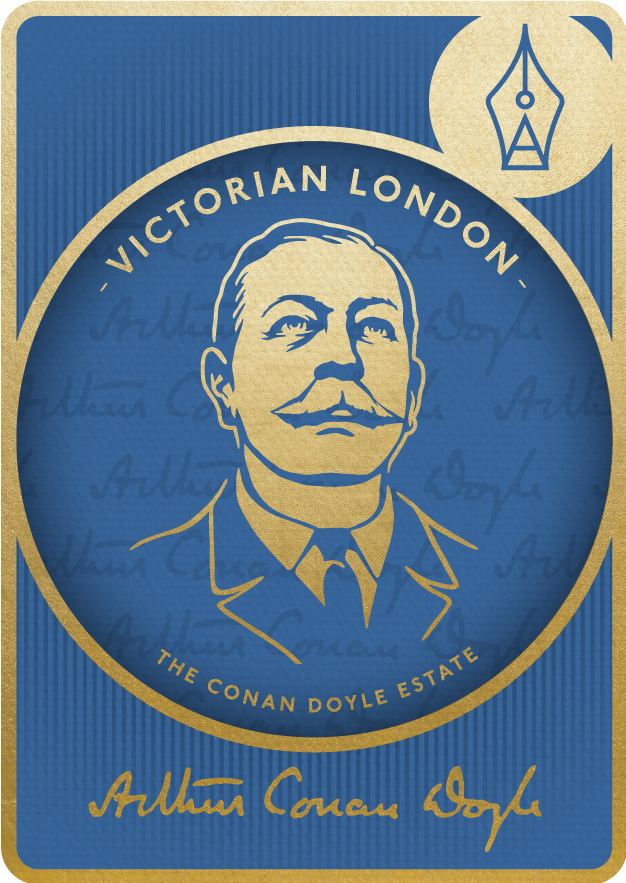 Baker Street, London
Baker Street, London
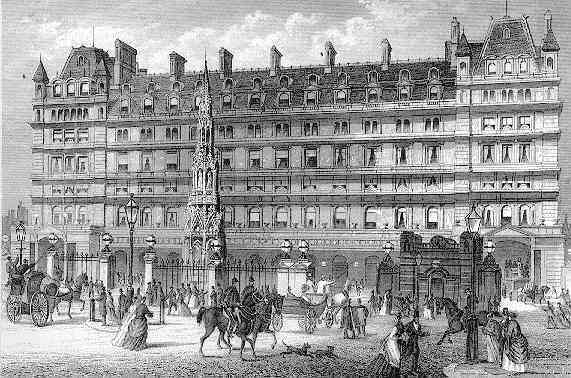 Charing Cross Station, London
Charing Cross Station, London
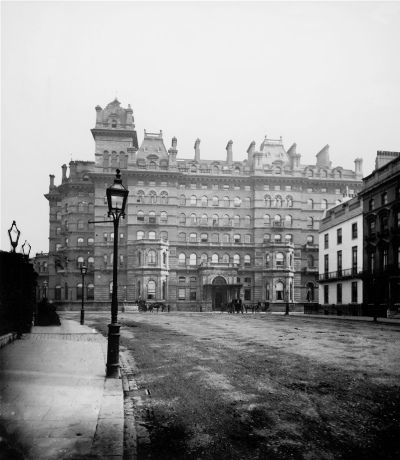 The Langham Hotel, London where Conan Doyle was commissioned to write his second Sherlock Holmes tale The Sign of Four in 1889
The Langham Hotel, London where Conan Doyle was commissioned to write his second Sherlock Holmes tale The Sign of Four in 1889
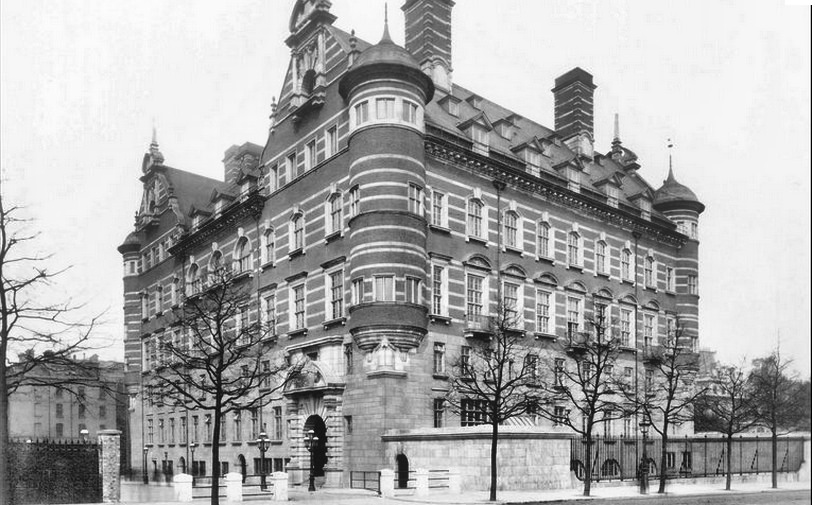 Scotland Yard, London
Scotland Yard, London
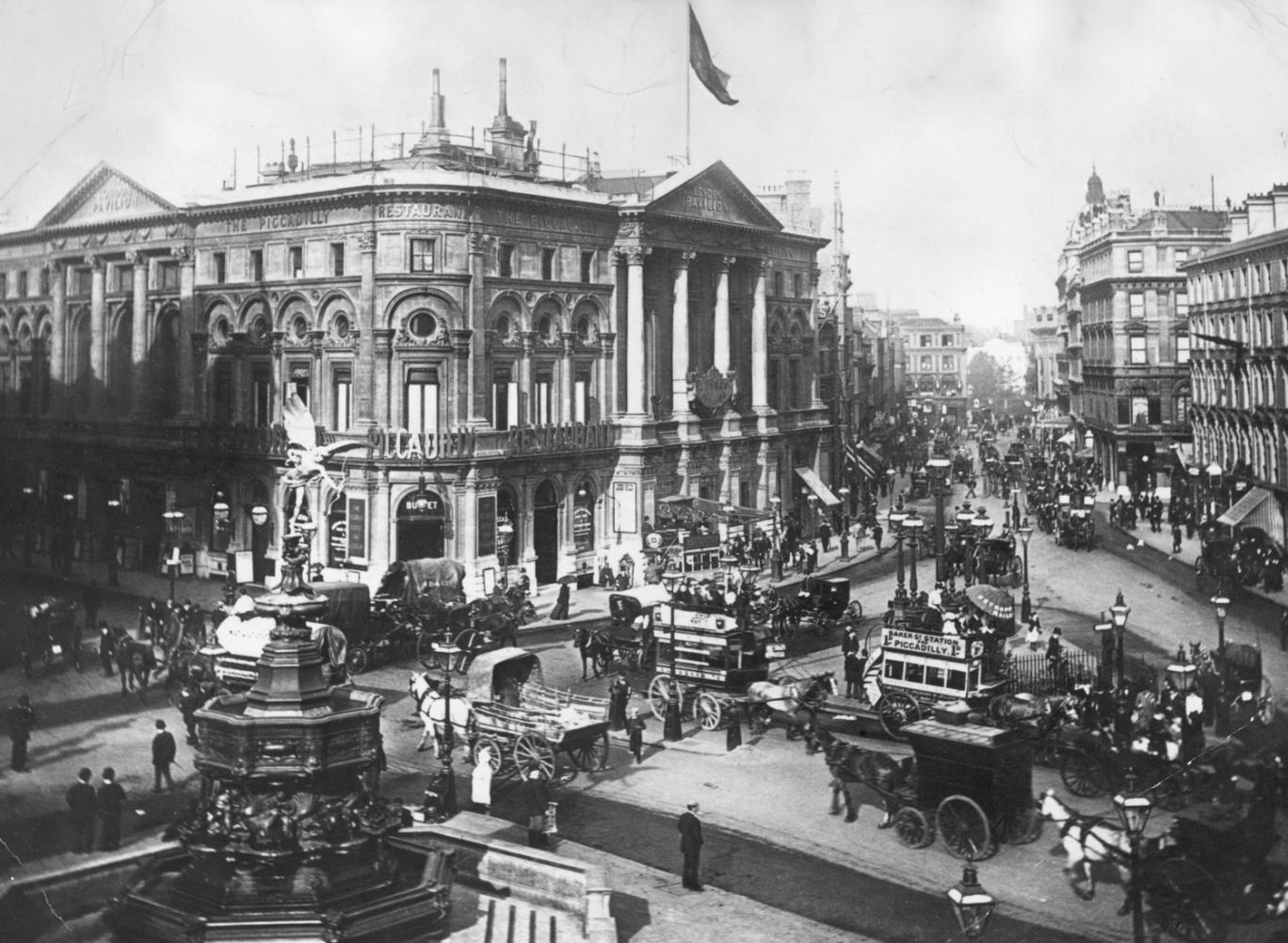 Piccadilly Circus, London
Piccadilly Circus, London
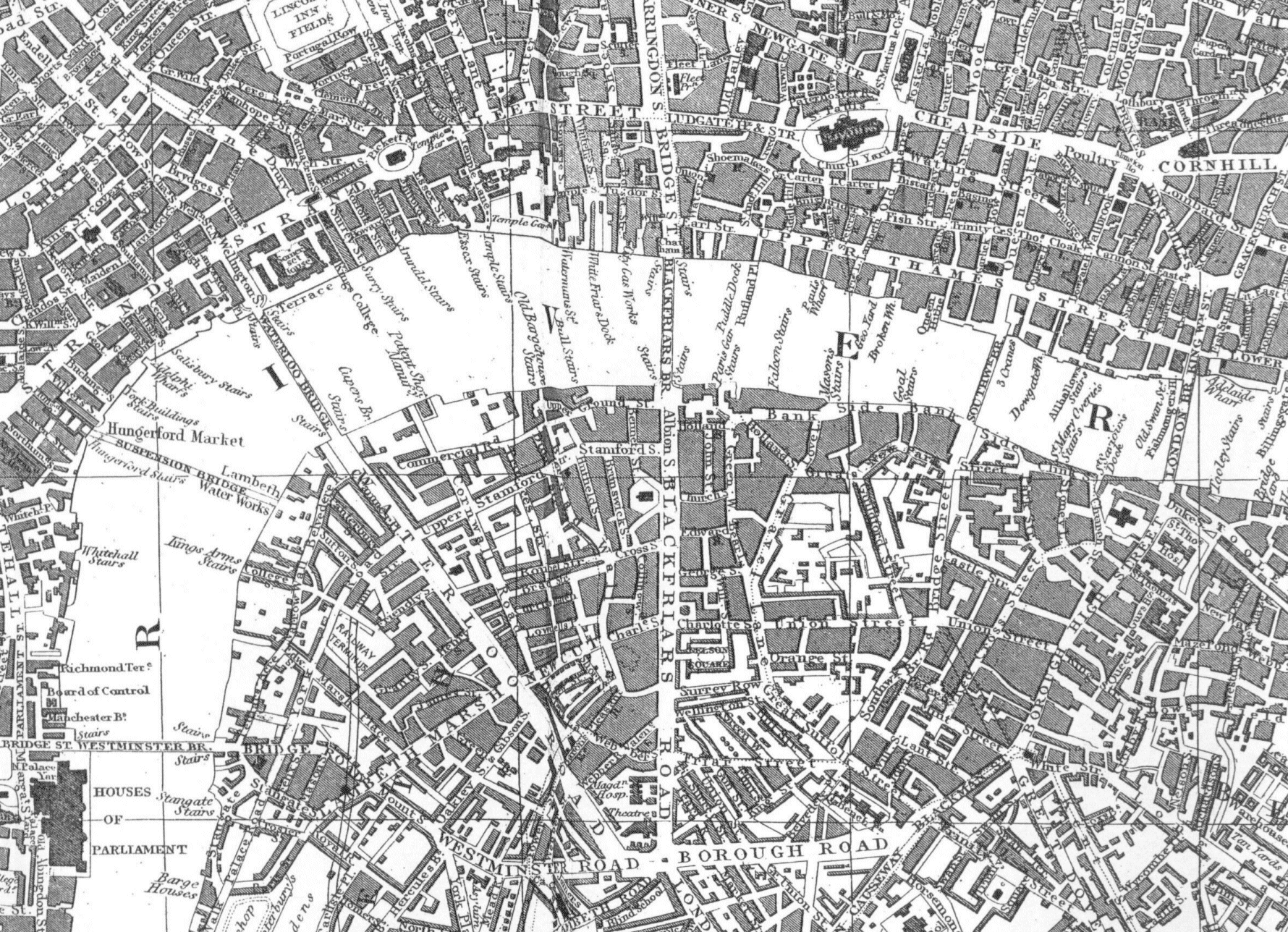 Central London
Central London
 The cover of the July 1891 Strand Magazine which carried the first Sherlock Holmes short story, "A Scandal in Bohemia."
The cover of the July 1891 Strand Magazine which carried the first Sherlock Holmes short story, "A Scandal in Bohemia."
If you have a passing familiarity with the Sherlock Holmes stories you can probably come up with a list of key characters: Holmes, Watson, Mrs Hudson, Moriarty and so on; but what else appears in the vast majority of the stories, what is one of the most significant pieces of the Sherlockian tapestry? The answer, of course, is London.
The London of the Victorian era is as much a character in the Sherlock Holmes stories as Holmes himself, and we are exposed to all its facets. We spend time in wealthy areas, time in the opium dens of the East End, and time in the up-and-coming suburbs. We also witness interactions with characters across the Victorian social spectrum, from Dukes to street urchins. The tapestry is undeniably a richly woven one.
The sheer scope for adventure in London is almost certainly why Holmes rarely ventures far from it. It is therefore fascinating that, at the time Conan Doyle commenced writing about Holmes, he personally had spent little time in the capital. It was not until early 1891, some four years after Holmes first appeared in print in A Study in Scarlet, that Conan Doyle finally moved to central London — and then only for a few months, before relocating to the suburb of South Norwood where he was based until late 1894. Not long after that he found himself in the county of Surrey, where he lived for the next decade. It must therefore come as a surprise to many that the world-famous London-based detective was actually created by a man who only really lived in central London and its suburbs for four years at the beginning of his literary career. Nonetheless it cannot be denied that those four years were some of his most productive, with approximately one-third of the Sherlock Holmes stories being written in that period.
Despite this modest amount of time spent living in London, the way in which Conan Doyle wrote about the “great cesspool” (Watson’s words) gave the audience confidence in his portrayal even if it was occasionally misplaced. As students of the stories will know, Conan Doyle made up places in London that didn’t exist (or disguised real places, depending on your point of view), and he certainly got the odd fact wrong from time to time.
One of the things that always puzzled me is that when the stories were first published they were contemporary, not the historical stories as we tend to view them today. Did Conan Doyle’s initial readership not spot his errors, or did they simply not mind? Perhaps the popularity of the short stories, which we know was significant soon after they began serialisation in The Strand Magazine in 1891, persuaded readers to suspend their disbelief. (The further outside London the stories were read, it probably mattered considerably less.)
Film makers have not always concerned themselves with Victorian London. For reasons of cost and practicality, early dramatisations were set in the era they were made. The most well-known of these are Basil Rathbone’s films, and more recently we also have the Sherlock television series set in present-day London and starring Benedict Cumberbatch. Pleasingly, London is very much a part of that programme, and its fans certainly make the effort to visit the locations it has showcased. (St. Bart’s Hospital, where Holmes and Watson met in A Study in Scarlet in 1887, has been a significant point of focus since acting as a substitute for the Reichenbach Falls in the Sherlock series.)
A number of books (including one written by yours truly) recognise the importance of London and make an effort to give the reader a real taste of the home of Holmes. London is a city that both changes and does not. Even though we are now living over a century after most of the stories were set, we can still, with a little guidance, touch the London of Sherlock Holmes, and this is something I continue to find exciting.
--
Alistair Duncan is a member of the Sherlock Holmes Society of London and the author of five books on Sherlock Holmes and Arthur Conan Doyle. In 2011 he won the Tony & Freda Howlett Literary Award for his book The Norwood Author: Arthur Conan Doyle and the Norwood Years (1891-1894. The previous year he was short-listed for his book Close to Holmes: A Look at the Connections Between Historical London, Sherlock Holmes and Sir Arthur Conan Doyle.
